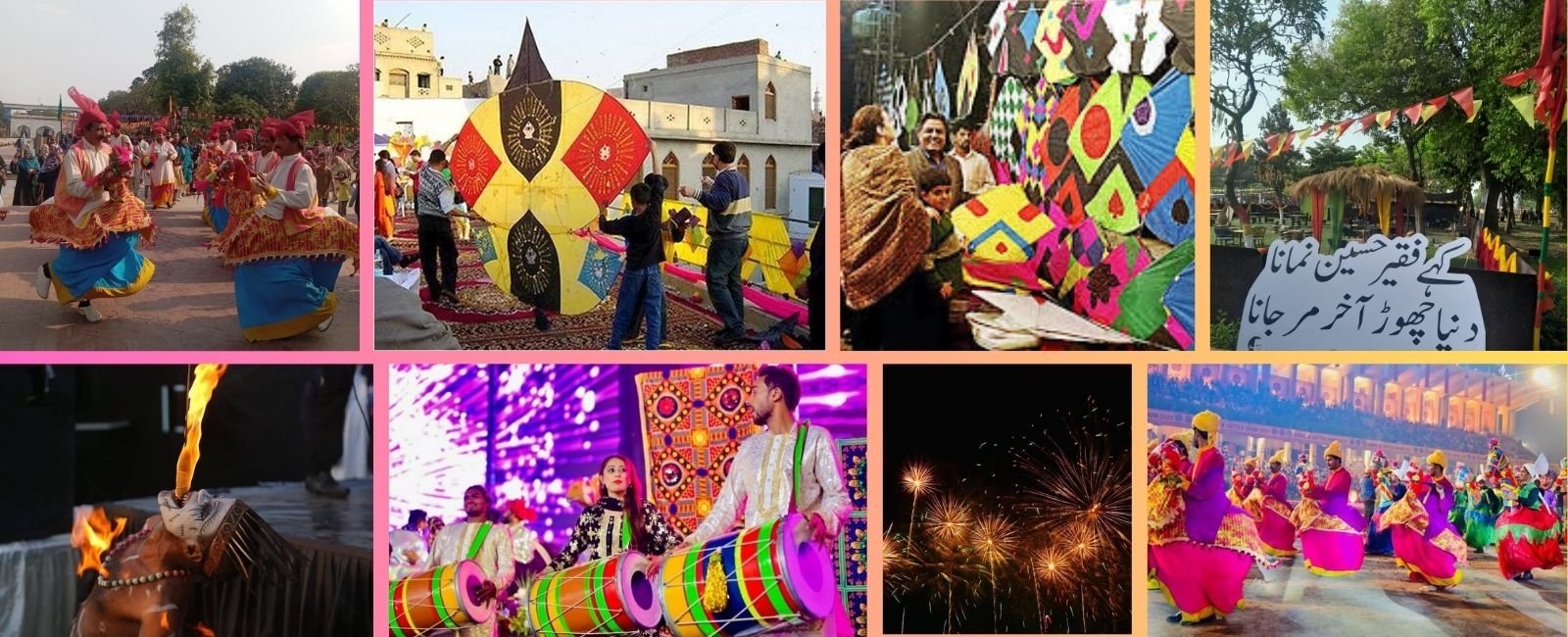Bo Kata for Basant: Who pulled the strings that cut Lahore's festivals loose?
What was once a celebration of colour, sky, and spirit cannot “spring back” unless we learn to respect it — not ruin it

There used to be a saying about Punjab’s cultural hub, Lahore, which goes like this: " ست دن تے اٹھ میلے گھر جاواں کہیڑے ویلے" — Eight festivals in seven days; when would one find time to go home?
Believe it or not, this once popular sentiment that, sadly, no longer rings true not only for Lahore but also for other cities under the same cultural umbrella. Lahore, which at one time was the beating heart of melas (fairs or festivals), is gradually seeing its festive charm petering out. Many of its traditional melas have faded into memory, while others have disappeared altogether. Today, a festival often cooks down to food alone.
Ahead of World Heritage Day this week, it's worth looking back at some of these old and more recent festivals that once defined the city's cultural spirit but have since withered as the people got busier and busier with time.
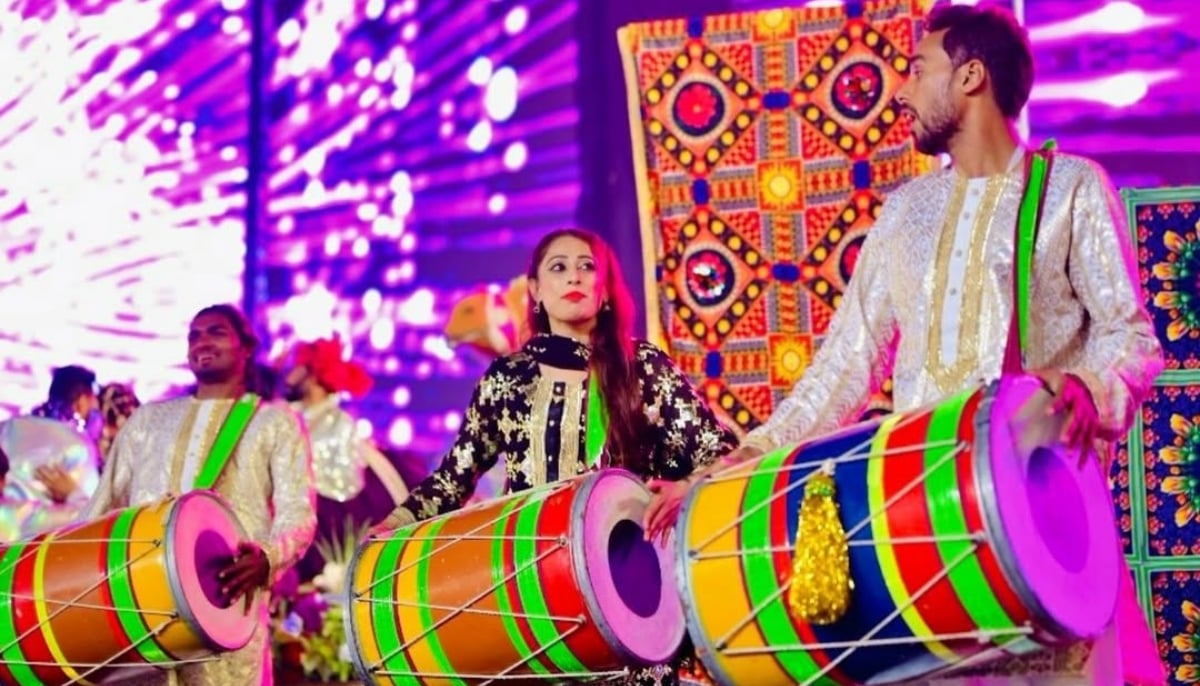
One of the most iconic was Basant or the spring festival — once celebrated with unmatched energy across Lahore. The festival transformed rooftops into lively arenas where families and friends gathered to mark the end of winter with food, music, and kite-flying, as skies came alive with thousands of colourful flutterers dancing from horizon to horizon.
Known as the "people’s festival", Basant transcended age, class, and neighbourhoods. Back then, kite-flying was more a sport than a pastime — a battle of skill, not sharp strings. Cutting an opponent’s kite, who could be flying from any rooftop across the city, was all about timing, finesse, and experience.
Over time, Basant evolved into a celebration of family, friendship, and fierce rivalries, echoing with drumbeats and the triumphant cries of Bo kata! — shouted when a rival’s kite was cut loose. Though food was present, it never took centre stage. It was more than just a festival — it was the heartbeat of Lahore, the one event that brought together the entire city. Everyone felt the collective thrill of kite battles — known as pecha larana, where flyers tangle glass-powder-coated strings to cut their opponent's kite, with the winner celebrated as the cut kite floats away. It is the most electrifying part of the day. And those who couldn’t fly would eagerly chase and loot the losers’ kites.
The festival was banned in 2007 — a casualty of public irresponsibility and government inaction. And with its departure, something vital was lost. An entire generation has now grown up without knowing the joy of Bo kata or spotting a soaring Tawa — a giant kite that once stole all attention the moment it took flight.
A lost tradition or a forgotten responsibility?
Like many sources of joy, Basant was taken from the public due to safety concerns. Dangerous, chemically treated kite strings began causing injuries and deaths.
Kamran Lashari, director general of the Walled City of Lahore Authority, voiced concern over the blanket ban — a move that, to many, felt like treating a headache by beheading.
"I don't think the answer to a problem is banning something altogether," he said. “It’s still being celebrated in India and elsewhere. If accidents happen on the motorway, should we shut it down? Should flights be stopped after every crash? The point is — you fix the rules."
For many, Basant remains deeply personal. Usman Peerzada, a veteran actor and CEO of Rafi Peer Theatre, recalled: "And just because of 'Tandi' (nylon string), you banned something so beloved? Why not go after the people making these strings? Punish them, not the festival."
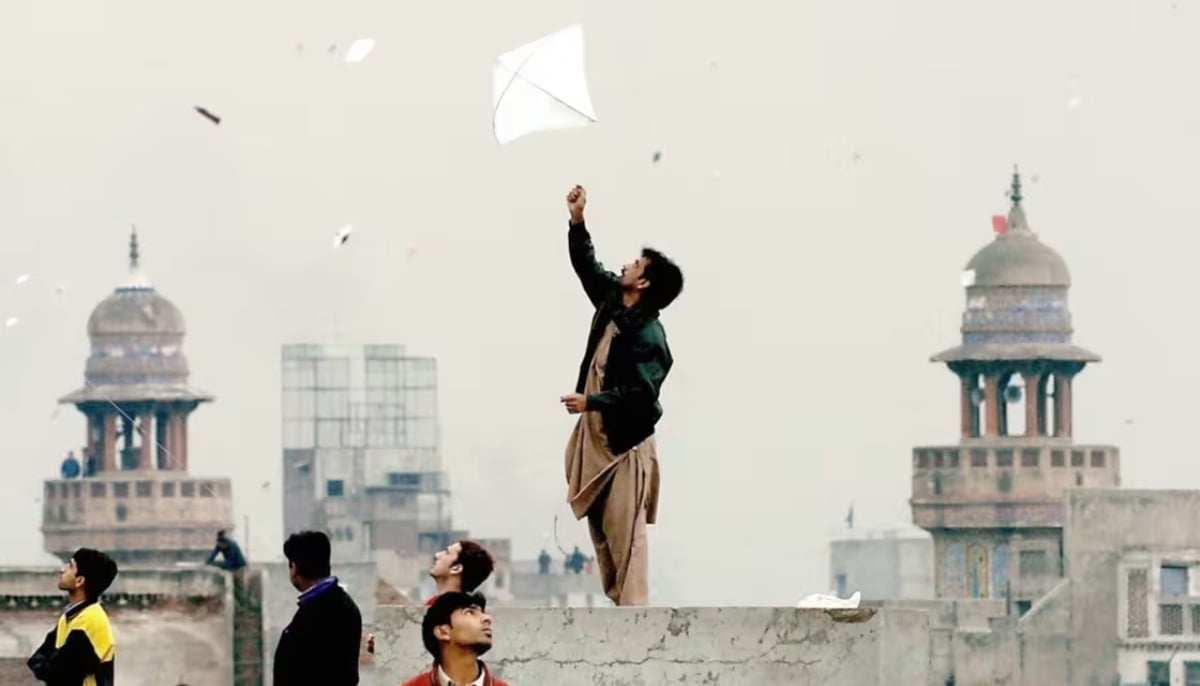
“It was an essential part of our childhood,” he said. "We waited for it like a dream. Food was prepared, homes were packed with guests. There were no hotel rooms left. Friends stayed over. It was a beautiful obsession."
He also questioned the government’s capacity: “Is it really so hard to find and stop the string manufacturers? And calling it a Sikh festival? That’s just nonsense. It’s a cultural tradition — of this land.”
Punjab’s Culture Minister, Azma Bukhari, says the police have been cracking down on the makers of hazardous kite strings and that media campaigns have raised awareness. Yet one wonders — if crackdowns have continued for years, why hasn't the problem been rooted out? In 2020, long after the ban, 25 deaths and 47 injuries were still reported. In 2024 alone, 15 more lives were lost. The festival may be banned, but those responsible seem untouched.
Earlier this year, the Punjab Assembly again passed a law enforcing a province-wide ban on kite flying, introducing heavy penalties.
Bukhari later confirmed in writing that Chief Minister Maryam Nawaz had taken a firm decision. "With the rising number of kite-related injuries — especially slit throat — we had no choice,” she said. “The Chief Minister has adopted a zero-tolerance policy. Kite flying will not be allowed anywhere in Punjab."
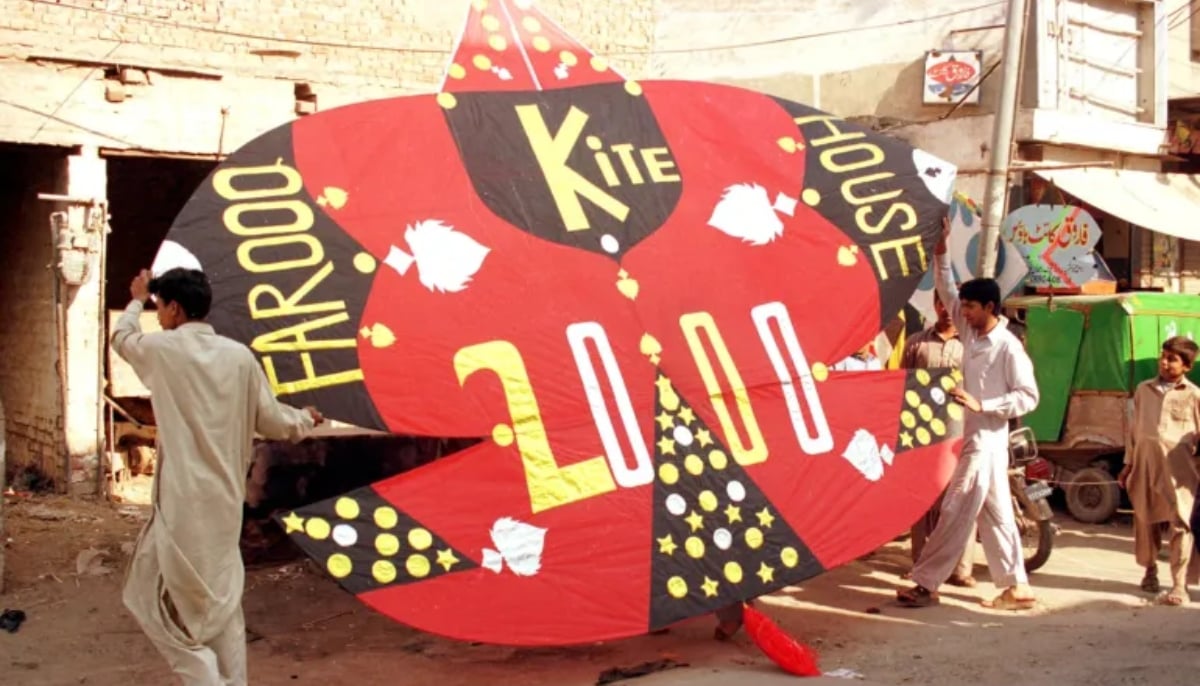
And yet, Lashari offered a more hopeful perspective. He revealed that the government is actively reviewing the Basant issue. “A committee has been formed. Meetings are being held. We’re studying the legal and practical challenges to propose a 'safe Basant'. A notification is expected soon.”
Before Basant, Lahore had already lost many other festivals — some lost to the migration of Hindus and Sikhs after Partition, others simply forgotten over time. Baisakhi, Kali Devi Mela, Cherriyoun ka Mela, Kadmon ka Mela, Dussehra, Jorr da Mela of Guru Arjan’s legacy, and Paar da Mela at Jahangir’s Tomb — all once lit up the calendar. Even Mela Charaghan, though still observed, has lost its former luminescence.
Sadly, even modern cultural festivals have vanished. The Rafi Peer Theatre Festival (RPTF) — once a vibrant hallmark of Lahore’s scene — succumbed to the terrorism of the 2000s and chronic underfunding.
Staged for 17 years, it was a truly international event, with 400 to 500 artists from around the world performing each year. But two major attacks — at the World Performing Arts Festival in 2008, and again at the Rafi Peer Theatre headquarters in 2010 — cut its momentum short.
Founded in 1974, the RPT workshop became globally known for its annual festival. Yet despite calmer conditions in recent years, the festival hasn’t returned.
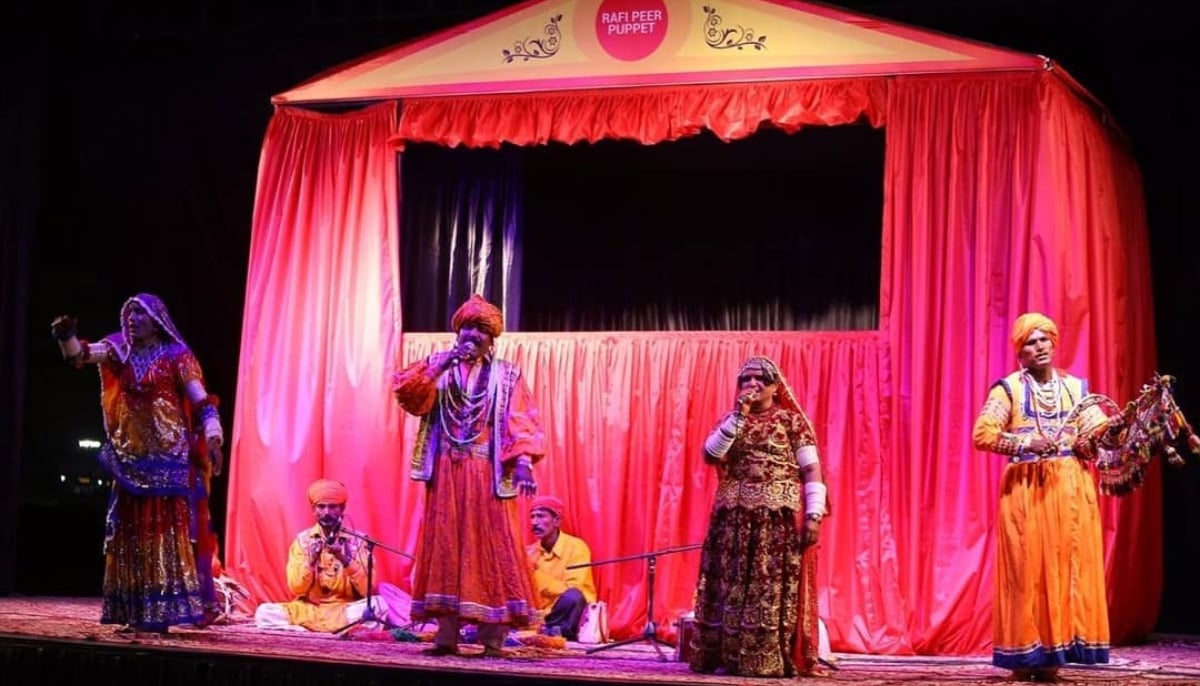
“We simply didn’t have the funds,” said Peerzada. “Our hope was that the government would step in, but they never did. After the bombings, even our corporate sponsors backed off. I met with Shahbaz Sharif several times to explain — this wasn’t our festival. It belonged to Pakistan. It brought honour to the country.”
When asked why cultural revival isn’t a government priority — despite its tourism potential — Bukhari pointed to ongoing events. "The Punjab Ministry of Information regularly organises festivals at Al-Hamra and other venues," she said. "We recently held a major concert on December 25, marking Quaid-e-Azam’s birthday, Christmas, and Mian Nawaz Sharif’s birthday. Hundreds attended. We also celebrated International Women’s Day on March 8 at Al-Hamra."
Her response, however, left us puzzled. It suggests a blurred understanding between culturally rooted traditions and occasional government-sponsored concerts.
Peerzada added: "Globally, festivals are often supported by governments. The British, French, and German governments fund and protect their cultural institutions. In economics, we learn that a nation without cultural foundations can never truly grow. That’s why the world’s powers invest so heavily in their traditions — to keep their people connected to their roots."
He shared a startling insight: “During our festival, Liberty Market alone generated $1 to $1.5 million in foreign exchange. Foreign visitors would flock to shops.”
“Moreover, PIA ticket sales increased drastically during those days.
“Even if the government didn’t invest money directly, the outcome of the festival was so economically beneficial that it indirectly supported the economy.”
He believes if Lahore had continued hosting such festivals with proper security and government backing, they could have evolved into key cultural fixtures, attracting both local and international visitors.
Peerzada expressed a hope that a revival can happen if there is will. “We see the government spending lavishly on certain things, often wasting resources, so why not invest in something as meaningful as cultural revival?”, he said.
Can Lahore rekindle its festive flame?
More and more Lahoris seem to be falling for food and commercial entertainment, rather than rising to cultural festivals rooted in the land. Many trending fixtures like sold-out Soul Fest are all about music and food and are thus devoid of the true spirit of culture. Their massive crowds betray the city’s misplaced priorities — shifting from cultural celebrations to modern leisure experiences. From brunch spots to late-night street food adventures, Lahore’s entertainment scene is more of Instagrammable dining experiences, influencer huddles, and social media-worthy activities.
While the city’s energy remains unmatched, its compass has spun toward profit and pageantry—where festivals once sparked collective joy, now consumerism calls the shots, and Lahore feels more like a business model than a beating heart. One key reason for the growing disconnect among people is the fading of festivals like Basant, which once brought communities together in shared celebration.
Lashari also recalled a time when Lahore had a festive vibe all around. He pointed out, “Mela is basically something in which people of every class participate like a family and enjoy it to the fullest. I even feel that the intensity and passion with which August 14, Rabi Awwal 12, and other national and religious festivals were celebrated, is no longer the same.”
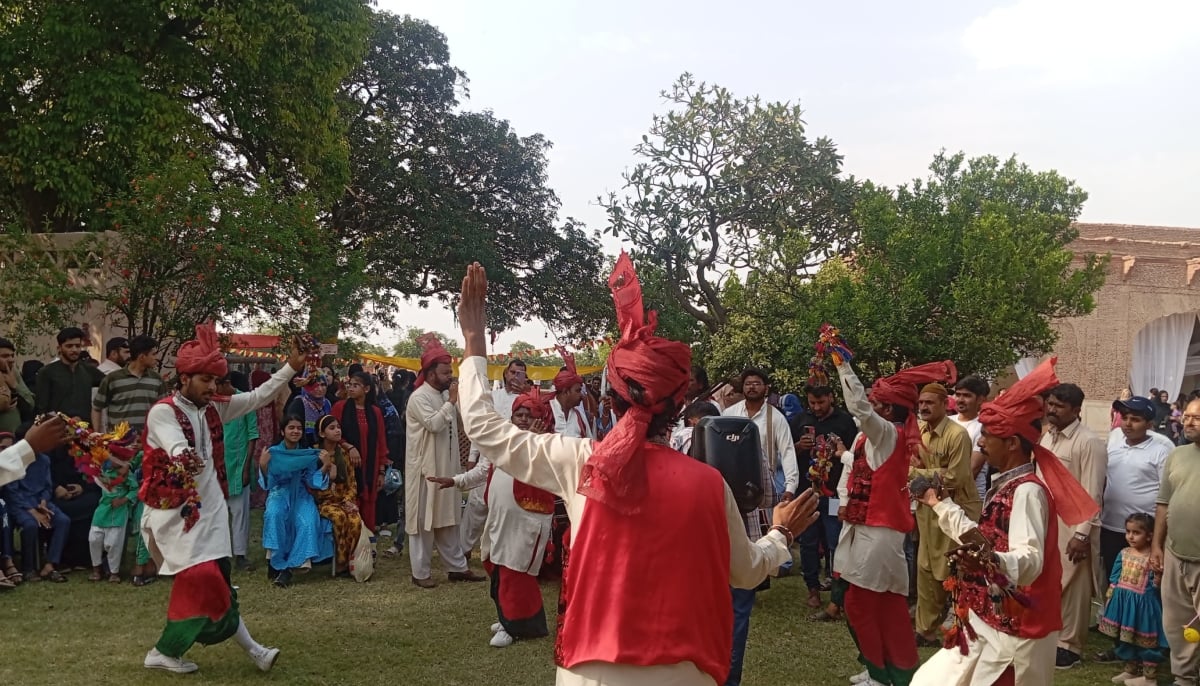
When these events fade away, a generation grows up aloof from the communal joy and artistic richness that once engulfed the city.
Not all hope is lost, though, as Mela Charaghan is staging a gleaming comeback.
“Once a regular feature at the Shalimar Gardens, the festival returned there from April 11 to 14, 2025 — nearly 60 to 70 years later. Held on a grand scale, the revival aimed to restore one of Lahore’s hallmarks: the festival of lights.”
One can take heart that following the revival of Mela Charaghan, Lahore’s trademark Basant could also return in its full glory someday. But for that to happen, we all will have to take a deep breath and step up. Festivals will always fall by the way if joy comes at the cost of lives. What was once a celebration of colour, sky, and spirit cannot “spring back” unless we learn to respect it — not ruin it.
Momna Tahir is a staffer at Geo News.
Header and thumbnail illustration by Geo.tv



